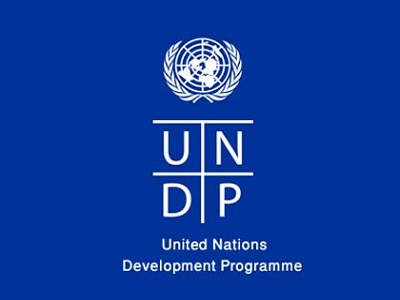The United Nations Development Programme (UNDP) with the Ministry of Industry and Infrastructure Development of Kazakhstan and Damu Entrepreneurship Development Fund JSC have introduced concessional lending instruments for small and medium enterprises to incentivise low-carbon ventures, UNDP in Kazakhstan said on February 13.
The joint green package comprises expert assistance in the green project development, bank loan subsidies in the amount of 10 per cent, investment reimbursement up to 40 per cent and loan guarantees from Damu Fund.
“With an average bank loan rate of 15 per cent, the rate for the beneficiaries will be about 5 per cent due to UNDP soft loan schemes, which is comparable to the rates in OECD countries. Thus, low-carbon initiatives become more appealing to businesses thanks to shortened payback periods,” said Meirambek Kalymbaev, Director of the Borrowing Department, Damu Fund.
To date about 100 projects have been launched, 36 of which are completed. Among the latter are the ones on improvement of energy efficiency of residential and public buildings, tourist facilities, introduction of modern LED lighting, modernization of boiler and pump installations, as well as shift to renewable energy sources. The results provide evidence that smart climate action makes business sense.
“The outcomes of the implemented projects have displayed that 1 KZT of financial support attracts 6 KZT of investments and saves utility costs by 30-40 per cent. Thus, private companies benefit both economically and environmentally, reducing their carbon footprint and sustaining environment. Our goal is to scale up these successful practices across the country,” said Arman Kashkinbekov, Head of the UNDP Sustainable Development Unit.
In Kazakhstan the depreciation of the municipal infrastructure amounts to 60-65 per cent, which results in losses of 16 per cent energy consumption, 20 per cent heat supply and up to 60 per cent of water consumption. This ultimately increases GHG emissions and pollutes environment. Energy-efficient measures can reduce annual GHG emissions of 20-30 million tons of CO2/year, which represents about 30 per cent of the country’s cumulative total GHG emission reduction.




